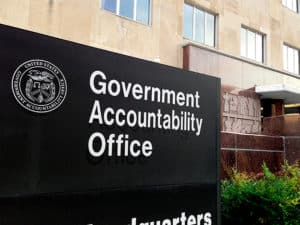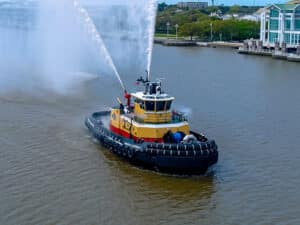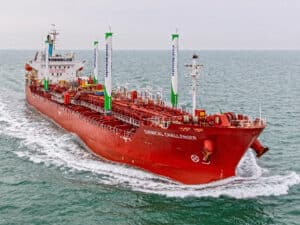
CSA: BWT won’t work in cold, will cost Canada $1.1 B
Written by Nick Blenkey OCTOBER 25, 2013 — Robert Lewis-Manning, President of the Canadian Shipowners Association (CSA), is calling for a “flexible approach [to ballast water treatment] that will reconcile protection of the marine environment with the economic viability of our industry and those that we support.”
OCTOBER 25, 2013 — Robert Lewis-Manning, President of the Canadian Shipowners Association (CSA), is calling for a “flexible approach [to ballast water treatment] that will reconcile protection of the marine environment with the economic viability of our industry and those that we support.”
A report released today by the CSA finds that U.S regulations that will require Canadian domestic vessels to install ballast water treatment equipment beginning in 2014 will cost the Canadian economy $1.1 billion dollars over the next five years.
“Further complicating this situation is the reality that shipowners cannot comply with the regulations at this time, as the appropriate technology does not exist,” says the CSA.
It says that the U.S. Coast Guard, which is responsible for type-approving the technology, has yet to approve a technology that works in the cold and fresh waters of the Great Lakes and St. Lawrence Waterway.
The research, conducted by Martin Associates, found, says the CSA that “significant adverse economic impact to the Canadian economy could result from the pending inequitable regulatory framework. The research focused on the potential modal shift in grain, aggregates and petroleum products caused by the cost of compliance with the existing US Environmental Protection Agency Vessel General Permit and United States Coast Guard Rule on Ballast Water Discharges. The American regulations will distort commercial markets as it exempts all vessels that operate west of Anticosti Island, which essentially results in the exemption of the American fleet while demanding that the majority of Canadian vessels absorb the cost of developing and installing technology.”
Canadian shipowners, who are renewing their fleet with 14 new vessels worth over $700 million, are seeking solutions and ways in which to mitigate environmental risk. In an effort to find solutions, Canadian companies partnered with Great Ships Initiative to test ballast water filtration systems. Testing is expected to be completed by the end of 2013.
Mr. Lewis-Manning, CSA’s President, stated “We believe that a flexible approach that builds on recent successful efforts to mitigate risk will still allow for current levels of competition and risk management and will reconcile protection of the marine environment with the economic viability of our industry and those that we support.”
“When our industry faced a similar situation in 2011 when the State of New York proposed regulations for ballast water discharge with excessively high stringency, our government was highly successful in obtaining redress from unattainable regulatory requirements; we are seeking the same continued assistance,” said Wayne Smith, Chairman of the Board of the CSA.





Leave a Reply
You must be logged in to post a comment.